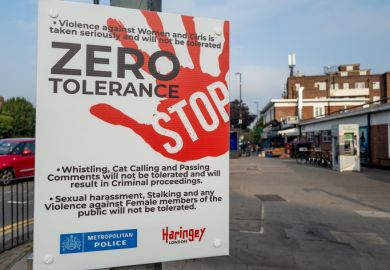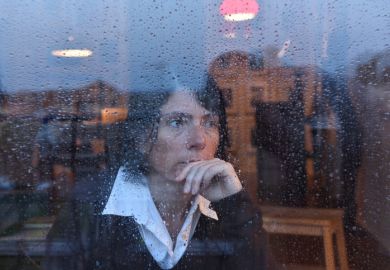Scientific societies offer an underappreciated avenue for female academics to burst through the glass ceiling, a study suggests.
An Australian-led research team found that women are more equitably represented in the top ranks of academic societies than universities. The study, published in the journal Plos One, analysed the leadership of more than 200 zoological societies around the world.
It found that women held 33 per cent of board positions and 25 per cent of senior roles such as president, vice-president, secretary and treasurer. Lead author Dominique Potvin said that, while this was far from perfect, it compared favourably with university science departments, where only about 22 per cent of higher positions were occupied by women.
Dr Potvin said that the academic society was an “overlooked resource” for female scientists trying to forge careers in a male-dominated world. “It can be a more inviting space to mentor and be mentored,” said Dr Potvin, an animal ecologist with the University of the Sunshine Coast.
“It gives women a chance to demonstrate and develop leadership capabilities, because promotion is not necessarily determined by small groups of individuals or based on institutional biases.”
Dr Potvin said that, while scientific societies tended to have voluntary leadership positions, they should not be considered academic “sidelines”. They dispensed considerable research, publication and networking opportunities through their funding schemes, journals and conferences.
The researchers believe that academic societies are relatively inclusive because their chiefs are elected by large “self-selecting” memberships with plenty of students rather than a few ageing academics. Societies with smaller boards proved more likely to have female leaders, suggesting that they may be less “intimidating” for women.
The study also found that societies that publicly proclaimed their commitment to gender equality, typically in their constitutions or websites, tended to have higher female representation. Dr Potvin said that this was one of the most encouraging insights.
“We’re getting data showing that the actions societies are taking are working,” she said. “Construct a statement, ask your webmaster to post it, and that will make your society a much more inviting place for women.
“It’s obviously not your main message. Your main message is your science. But it’s saying that you know it’s important. You know that societies that have a more diverse base are more effective and innovative. With all those different perspectives they can be more creative, and their science tends to be better.”
The paper includes a “health checklist” to help scientific societies improve their diversity. Dr Potvin said that while many studies had explored gender inequality in science, few had offered solutions.
She said that she had conceived the project after wondering why, after 10 years of studying birds, she had never attended an ornithology conference. She realised that it was because she had always assumed that ornithology societies were “all old boys’ clubs” – a perspective that proved to be “completely false”.
Her co-researchers included her sister Jacqueline, a doctoral student in women’s studies in her native Ontario. “It may be the only time we ever collaborate,” Dr Potvin said.
Register to continue
Why register?
- Registration is free and only takes a moment
- Once registered, you can read 3 articles a month
- Sign up for our newsletter
Subscribe
Or subscribe for unlimited access to:
- Unlimited access to news, views, insights & reviews
- Digital editions
- Digital access to THE’s university and college rankings analysis
Already registered or a current subscriber?








